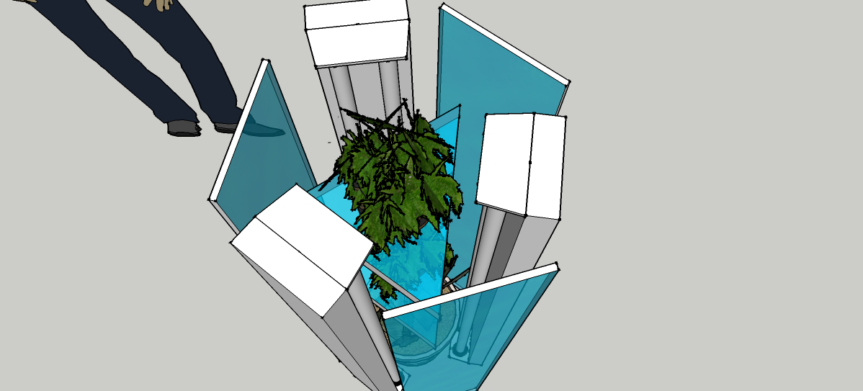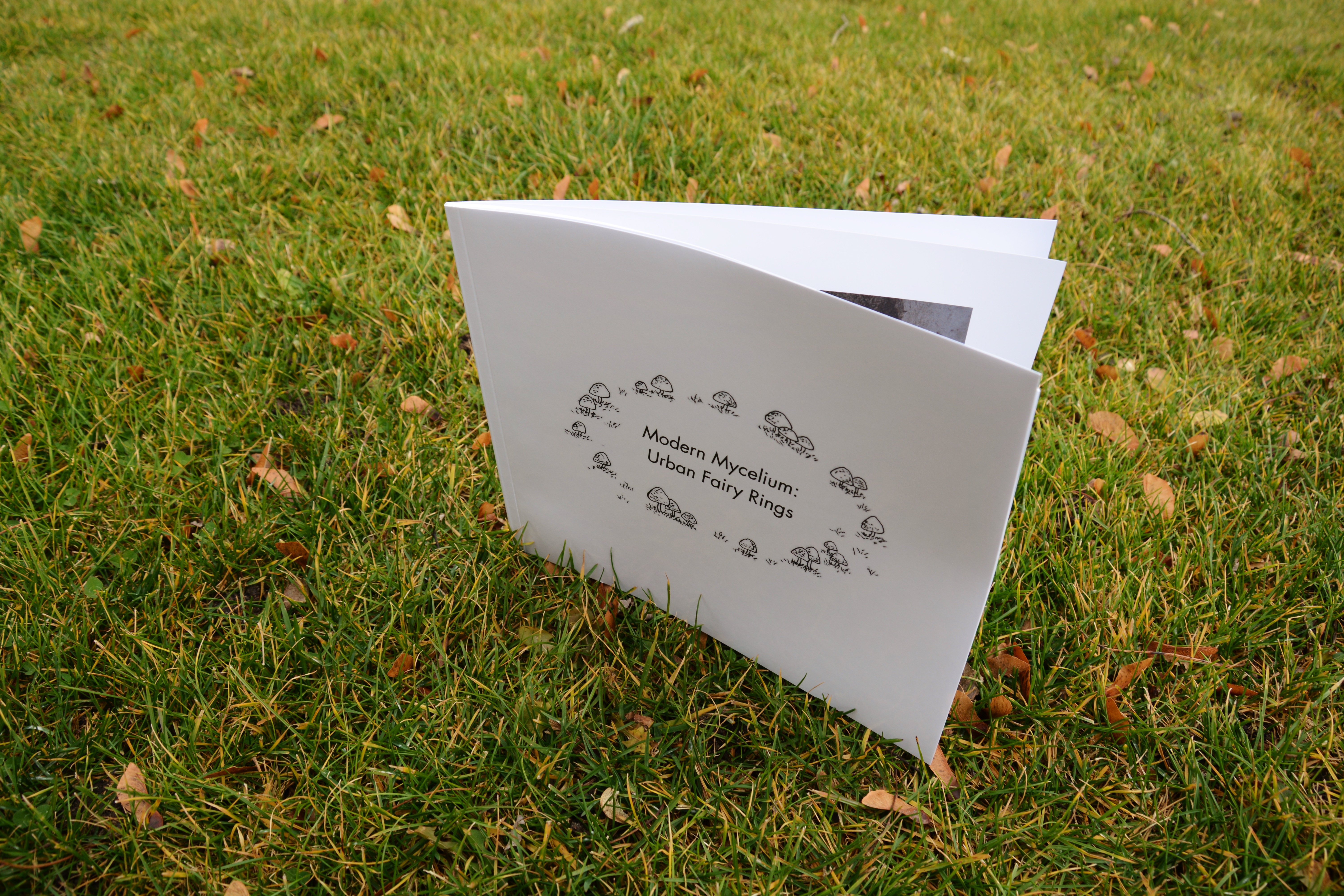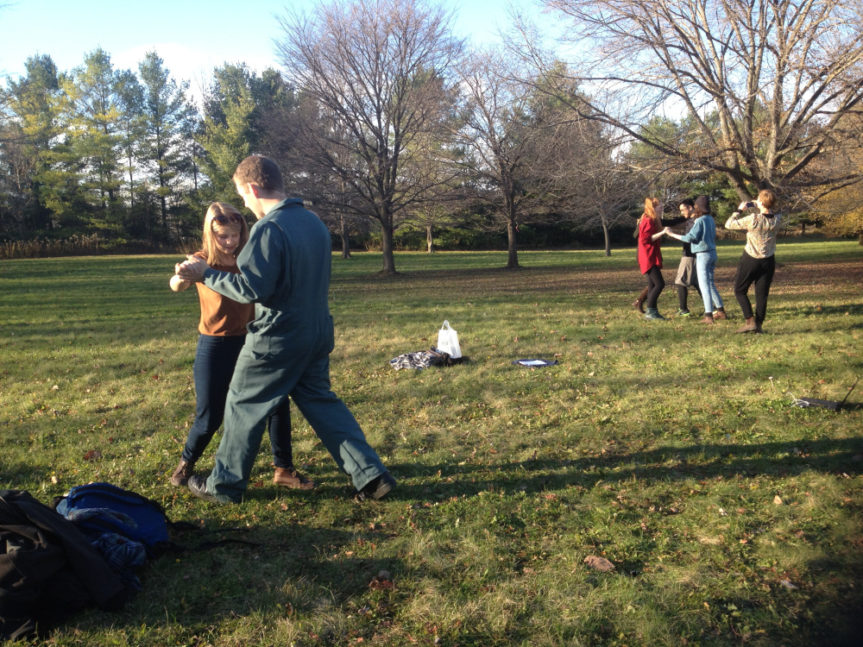Adding on to Diane’s post, here are some extra photos from the perspective of someone who has never participated in a mushroom foray! On October 15, our Outdoor School class spent the morning foraging for mushrooms in the UofG Arboretum. For most of us, it was the first time we went into a forest to search and collect fungi of various species. Although some of us had midterms, foraging for mushrooms and other fungi was a good way to relax and stay calm before the examinations. When we arrived at the Arboretum, we got our baskets and headed into the forest to see if we could find different specimens to bring back to show everyone.
Many of the fungi we found were mushrooms, but there were others such as, slime moulds, polypores, and jelly fungi. There was even a stinkhorn that gave off a horrendous smell that many of us would never forget as well as some poisonous species.
It was amazing to see the many different species of fungi that were collected during the foray. It really showed me how diverse the Arboretum ecosystem is and I honestly didn’t expect to find so many mushrooms all in one area. The puffball mushrooms were especially surprising as I’ve never seen a mushroom that huge and it also kind of resembles a human skull, which is something I will definitely remember. Overall, the foray was an excellent learning experience that raised my awareness and appreciation of species in the fungi kingdom!











































You must be logged in to post a comment.